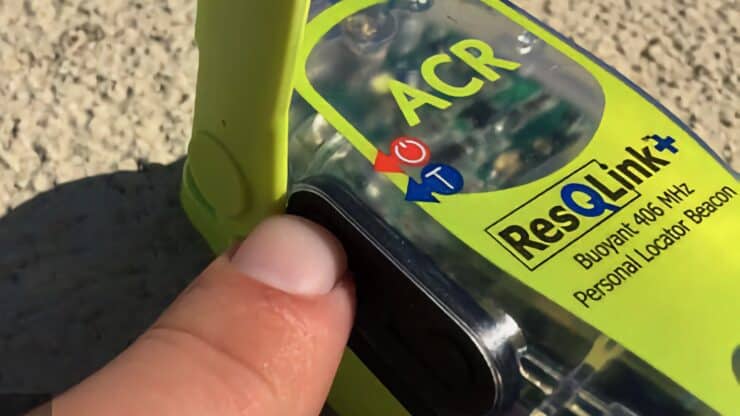
ACR ResQLink Review
The ACR ResQLink is the most important piece of gear you should own. The ACR ResQLink allows you, at the push of a button, to be rescued from anywhere in the world. If you don’t have it in your pack, you need to get it.
- What is the ACR ResQLink?
- Why You Need the ResQLink
- How the ResQLink Works
I'm using a newer model of ResQLink, and you can see that review here.
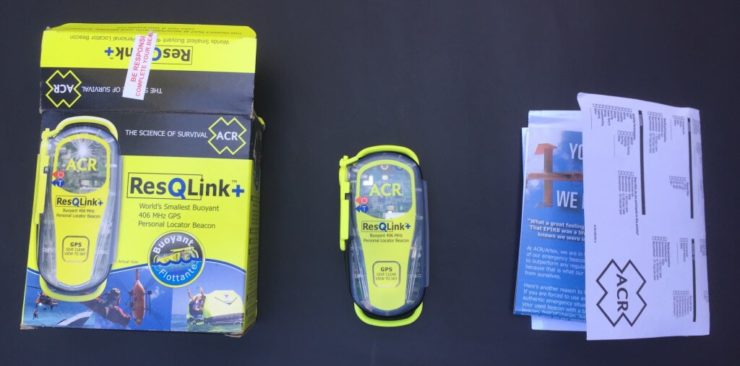
What is the ACR ResQLink?
The ACR ResQLink is what’s called a “personal locator beacon.” When you activate it (by pressing a button), it broadcasts your exact GPS position via a worldwide distress signal, alerts search and rescue, and then they save you. It's accurate to 0.06 meters within 15 minutes. It's pretty impressive.
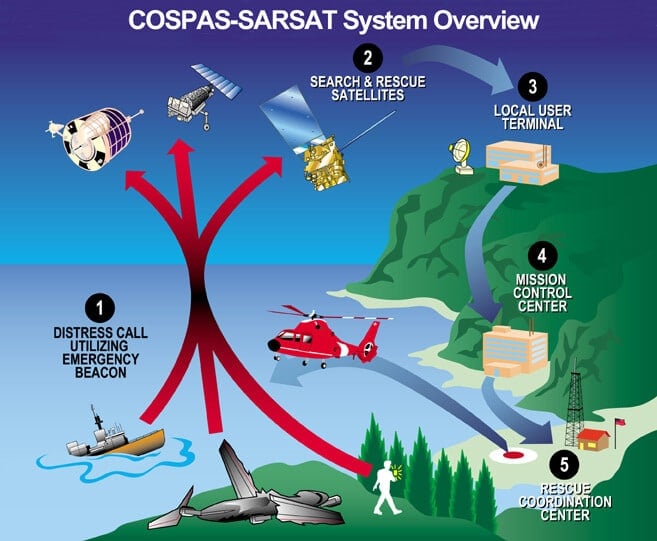
Why You Need a PLB
Why not just call 911? Well, it's common to not have cell service in the backcountry. It all depends on where you are, but why gamble on being in cell phone range? The ACR ResQLink works anywhere in the world, including the middle of the oceans (more on that later).
On the trail, in the wilderness, anything can happen. In my time hiking I've seen severely sprained ankles, people loosing footing and sliding down the side of a mountain, and hikers falling, hitting their heads, and going unconscious. Mistakes and accidents happen, it's part of life. There's a big difference when you're hiking though.
If you sprain an ankle at home, you can rest, watch TV, and put your leg up. If you sprain it during a hike and can't walk, you might have to crawl back for hours. If a friend hits their head at home, you call an ambulance. In the wilderness, they could die. So while a PLB costs a few dollars, it's well worth the cost. Don't be the guy who's lost in the backcountry wishing they just coughed up the money for a PLB before the hike.
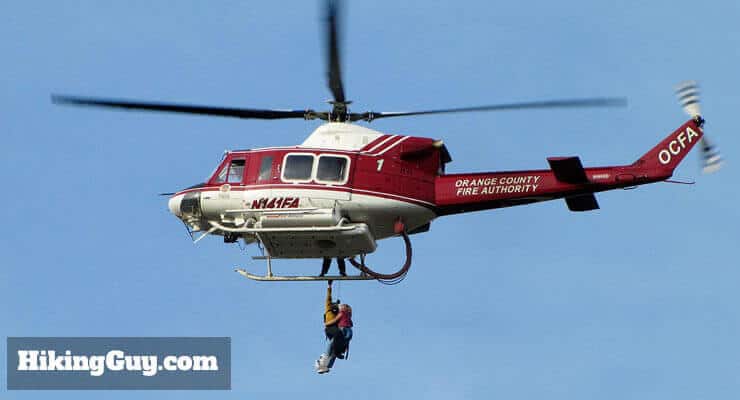
Having a ACR ResQLink in your pack is the insurance policy that means you get to go back to your life and see your friends and family again.
I could have used this a couple years ago when I was the subject of a major rescue in the north woods of Maine. To make a long story short, I fell in a boulder field, head trauma, could not ambulate, barely conscious. Accompanying hikers had no first aid skills, cell phones did not work. My companions waited for a couple of hours, not knowing what to do, as I degraded into hypothermia. We were deep in a ravine, 2 miles from the nearest forest road and 10 miles from the there to the closest town. They finally got through using a cell phone after two hours. The net-net was that it took 10 hours from the time of the accident until the time I arrived at the hospital. It was near-death experience and the rescuers knew it. – ACR ResQLink Reviewer
What a PLB Is NOT
Having the ACR ResQLink is not an excuse to be ill-prepared, take risks, or be lazy. I've heard stories of people pulling the trigger on a rescue when they were too tired to hike, had stomach aches, etc. In many years and thousands of miles of hiking, I have never used my ACR ResQLink.
In general, you should only activate your ACR ResQLink when
- You or someone in your party is in immediate life-threatening danger.
- Getting a rescue is quicker or safer than hiking out.
- You are unable to stop the life-threatening danger on your own.
- You've been lost and out of contact for over 24 hours.
Why the ACR ResQLink
ACR electronics has been making GPS rescue beacons for years, but for boats (they’re called EPIRBs). I learned about them in my sailing days. Boaters who sail across oceans use them. If they were 3000 miles offshore and something went wrong, they could hit a button and alert a rescue. People have been using them for years in that capacity. But as technology got smaller, ACR was able to put all of that functionality into a package the size of a computer mouse, the ACR ResQLink.

How To Use the ACR ResQLink
Okay, by now hopefully you understand that you should have this piece of gear in your pack. But how do you actually use it? It’s really simple actually.
The first step starts when you first get the unit. The documentation include instructions on how to register the device. There's a simple government website where you register the unit and give some information about yourself. Search and rescue use this info if your unit is activated.
Once you register the ResQLink, you can use it worldwide. If you use it outside of the USA, the signal is sent to the NOAA, who then immediately notify the local authorities wherever you are. Pretty cool.
All of this is free, outside the purchase cost of the unit (unlike the DeLorme or Spot).
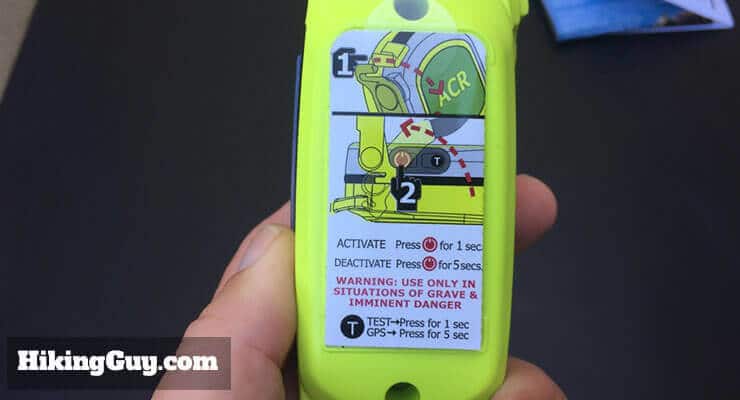
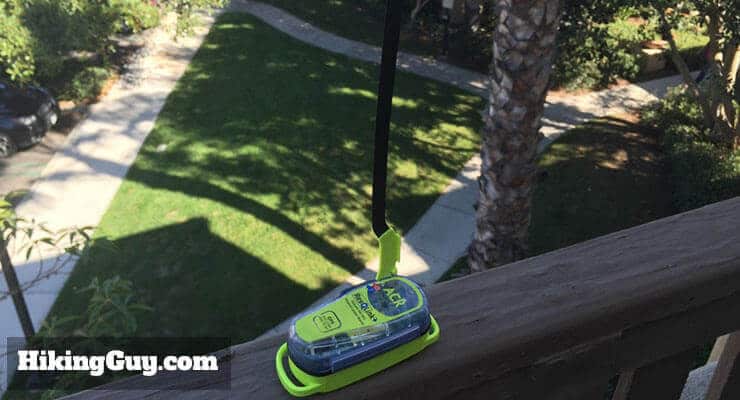
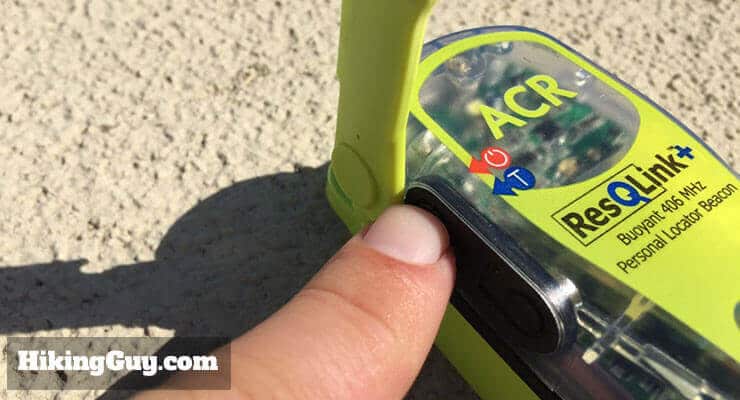
When you press the button, the beacon sends a 406 MHz signal to a satellite orbiting the earth. These are the same satellites used for military search and rescue. The signal has your GPS position and information about you (that you provided when you first register it ). At this point the beacon also starts emitting a 121.5 MHz local homing signal that allows rescuers, once they get to the GPS position, find your specific position. Like if you stuck in a ravine.
I was recently stranded while on a hiking trip in the San Bernardino National Forest, I had to activate my PLB and a Sheriff’s Department helicopter was on location within the hour. As an experienced hiker, Law Enforcement official and Search & Rescue Team Member I would recommend this to anyone who likes to hike or camp. – ACR ResQLink Reviewer
ACR also does a really cool thing. If you use their product for a rescue, and you share you’re story, they’ll replace your unit for free. You can’t beat that. You can read all the survivor stories on their site: https://www.acrartex.com/survivor-stories/
ACR ResQLink+ vs ACR ResQLink
Looks like the same unit, right? The difference is in the plus sign. The ACR ResQLink+ is waterproof and buoyant. And it’s about $10 more. So for $10 you get the piece of mind and know it will work if you are wet or fall in the water. Worth it.
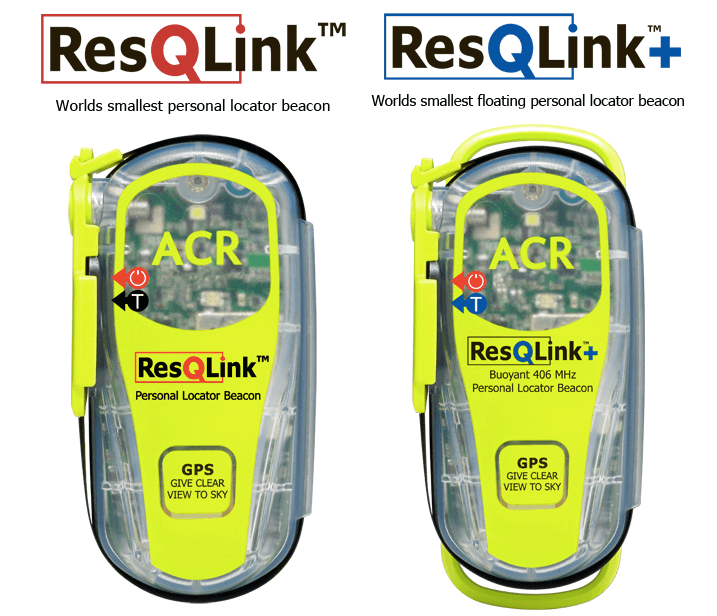
ACR ResQLink Battery Life
Some reviews mention that the battery does not have a long life. I called ACR about this and this was what they said. 99% of the people who have battery failure do so because they've tested the unit more than once. The manual mentions that you should only perform the test once. In fact, you should only use this twice, once to test, and once to activate.
There is also a battery expiration date on every unit. Generally the battery is designed to last five years. When the time is up, you have to go to an authorized service center (or send it there) to replace the battery, which costs between $100-150 bucks. The battery replacement includes full testing and diagnostics. Not cheap, but again, it's your life that we're talking about.
Day-to-Day WIth Your ACR ResQLink
Because this unit works anywhere in the world, and is very small, it doesn't hurt to keep it with you all the time. Especially if you're traveling. I carry mine on hikes and in my laptop backpack. If my car runs off the road, if my plane crashes, etc., I can signal for help.
I am a retired US Coast Guard rescue pilot with over 30 years aviation experience (Alaska – Pacific Northwest) and currently flying HEMS in the Rocky Mountains. Knowing the vital importance of a 406mhz beacon in a rescue situation ACR ResQLink provides optimum alert and rescue resource dispatch in an emergency. Its small size and unmatched capability gives the indidvidual the best chance of rescue regardless of clime, place or physical capacity. Well done! – ACRResQLink Reviewer
ACR ResQLink vs SPOT Messenger
I own a SPOT. I want to like the SPOT. The SPOT let’s you send “I’m okay” messages. When it works, it’s great. When it doesn’t, you feel happy that it’s not an emergency. I would say it worked about half the time, at best. There are some other brands that offer similar products to the SPOT, some with mapping as well. Generally they have an annual fee to use as well. The ACR has no fees. The SPOT and other units have limited coverage. The ACR works anywhere on Earth.
Don't fool around with the weak "Spot", the rescue pilots I know quickly convinced me that ACR was the way to go. -REI Reviewer
I think the ACR is a better choice. The ACR ResQLink is simply and singularly built to be an emergency beacon. It's build by a company that makes these for aircraft and ocean going boats. I know that a lot of professional sailors, law enforcement, and various outdoors professions use ACR products. I don’t know of any that use SPOT. It's industrial strength and I feel good about depending on it.
Unlike SPOT, ACR ResQLink+ does not have all the frills, it is to be used in an emergency only so you are not killing your battery sending text messages. SPOT requires a membership/annual fee so if you forget to pay you're SOL! ACR ResQLink+ can be used in any country, SPOT is USA only. After doing my own research, ACR ResQLink+ is the ONLY type of personal locator beacon I would depend my life on for activities in the wilderness! - Amazon Reviewer
Please checkout my review of the newer model here, it's still a great tool to have in the backcountry.
 ACR ResQLink View PLB Review
ACR ResQLink View PLB Review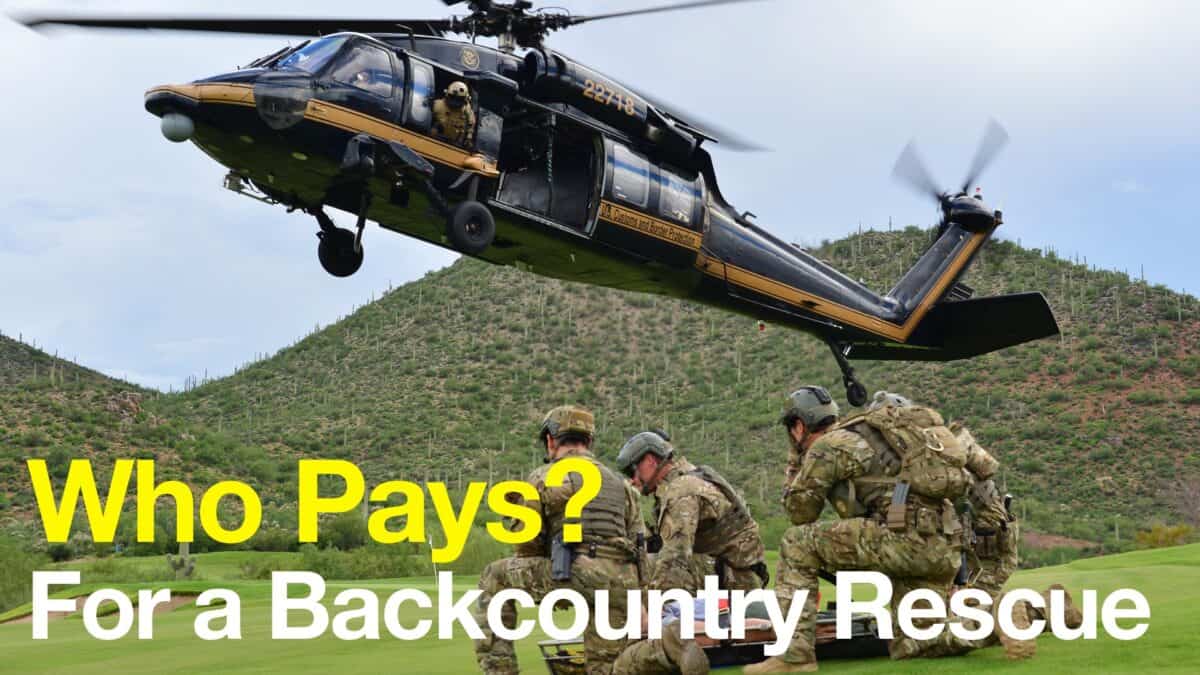 Who pays for a backcountry rescue?
Who pays for a backcountry rescue?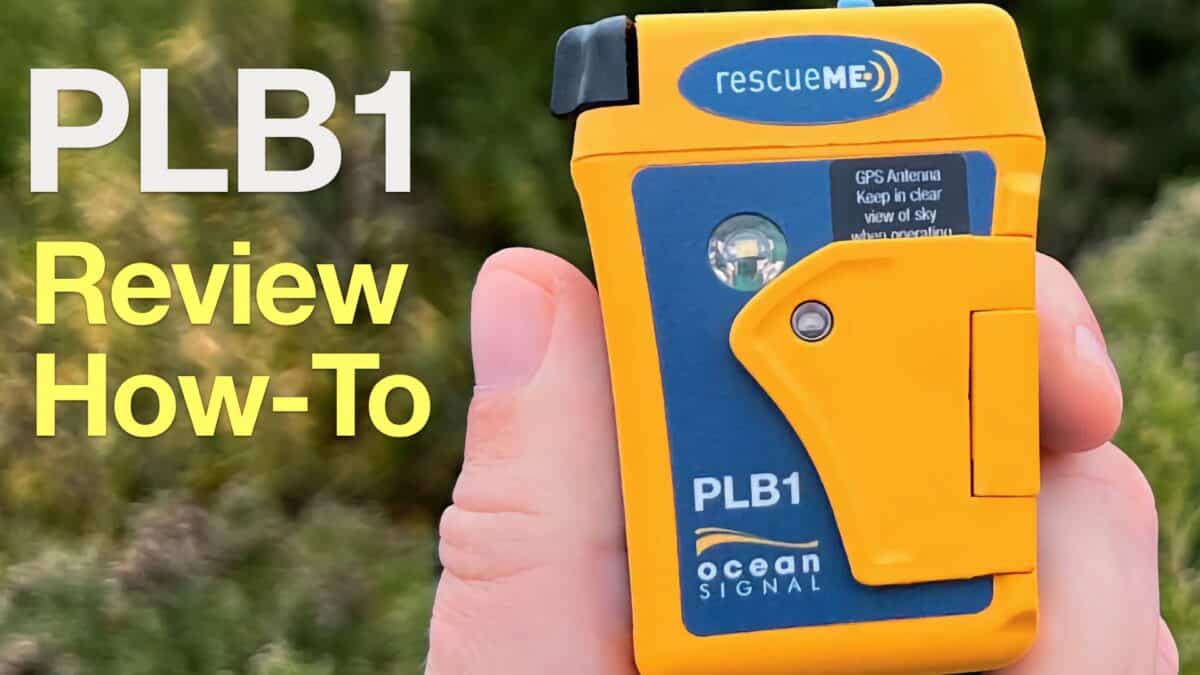 ACR Ocean Signal rescueMe PLB1 Review
ACR Ocean Signal rescueMe PLB1 Review Hiking Gear & Outdoor Technology
Hiking Gear & Outdoor Technology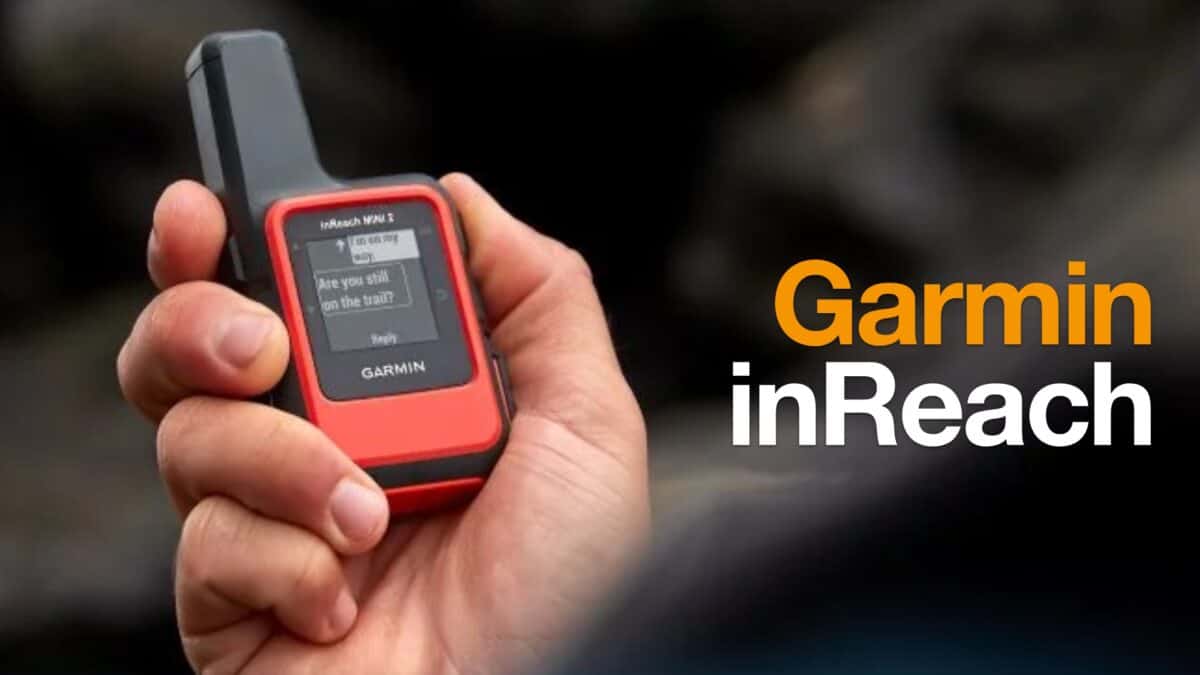 Garmin inReach
Garmin inReach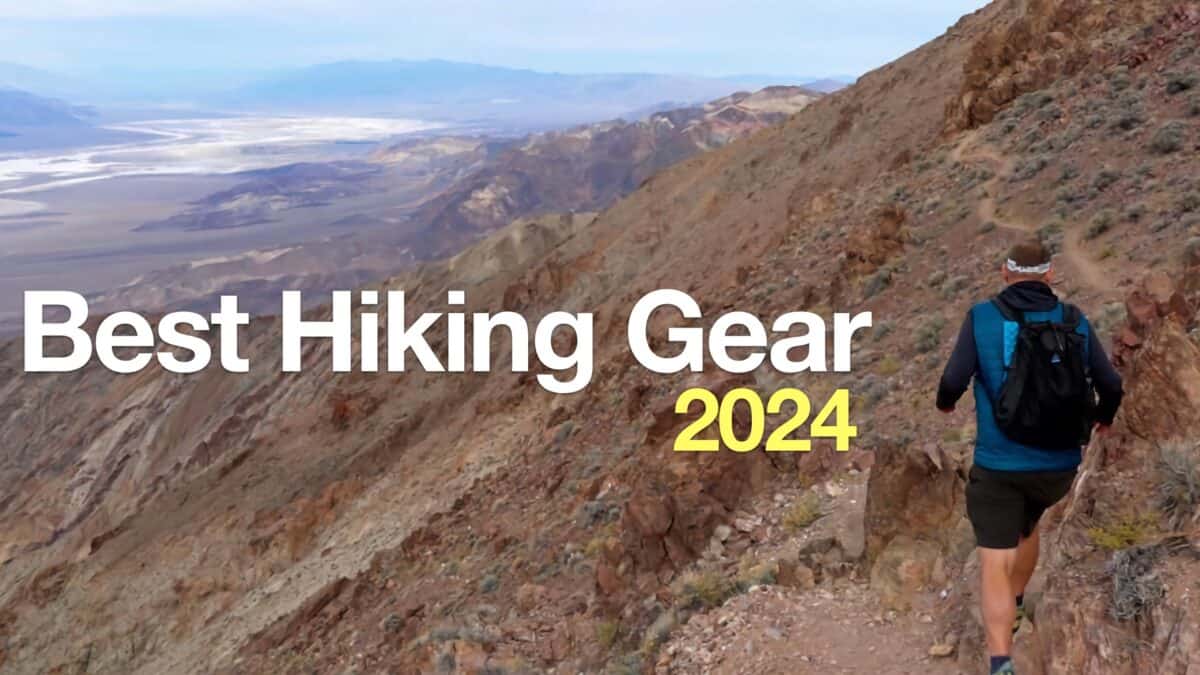 Best Hiking Gear 2024
Best Hiking Gear 2024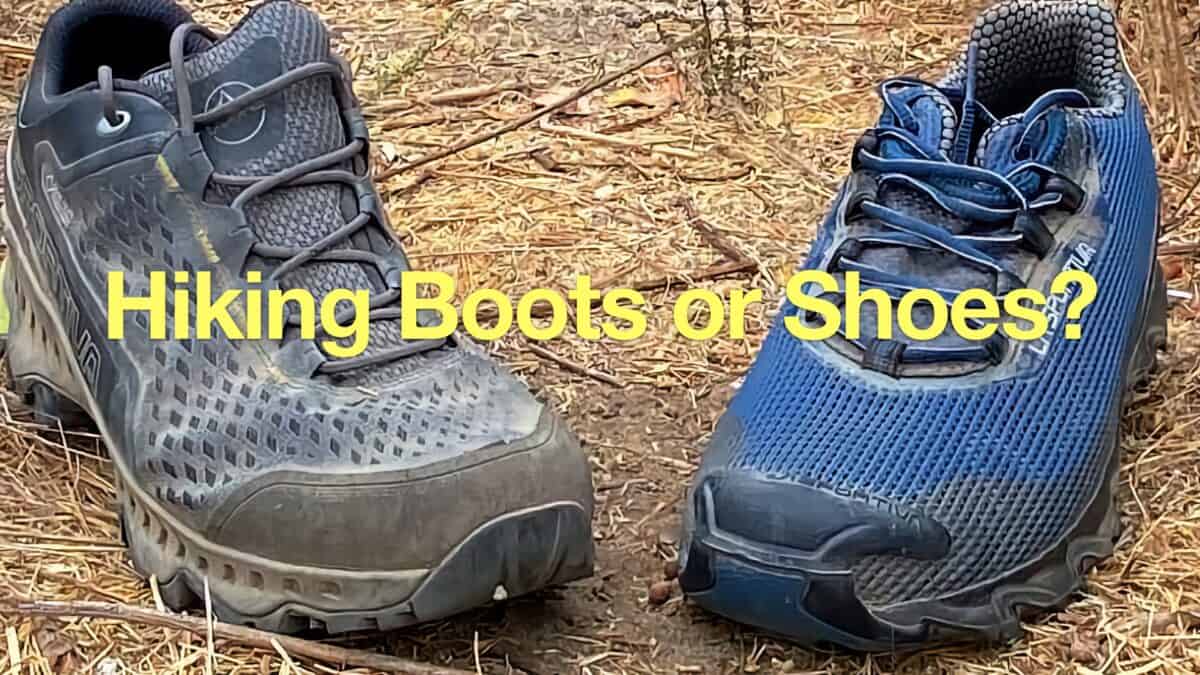 Hiking Boots or Shoes: Do I Really Need Hiking Boots?
Hiking Boots or Shoes: Do I Really Need Hiking Boots?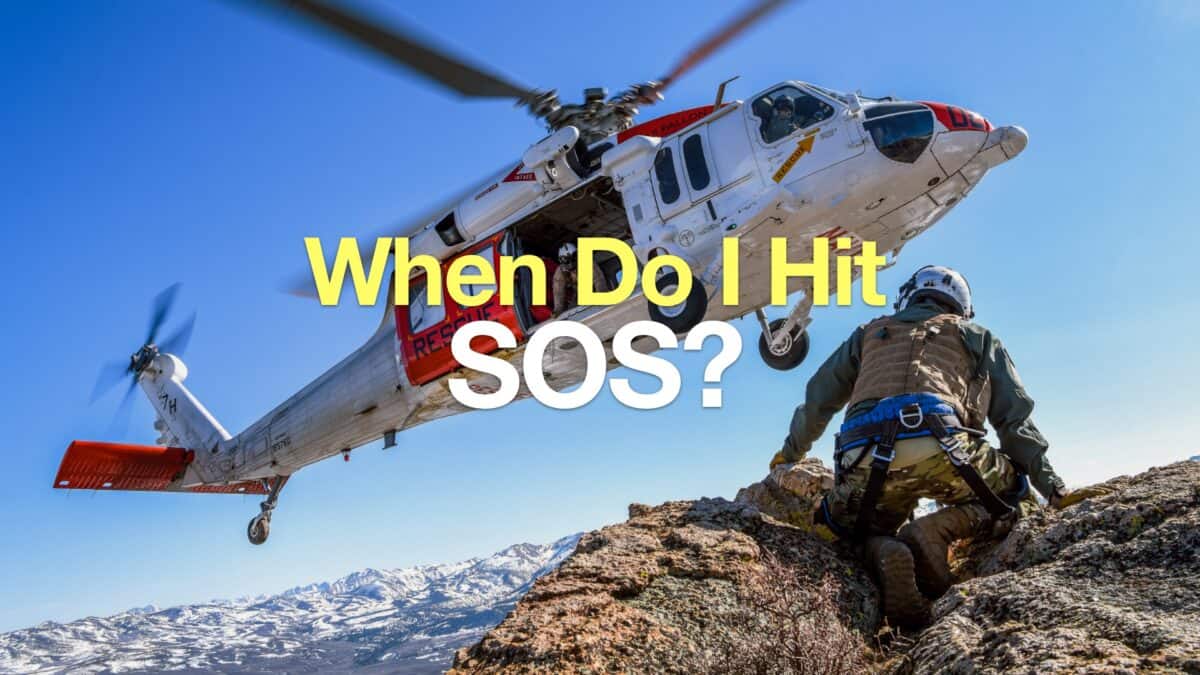 When to Hit SOS on inReach
When to Hit SOS on inReach